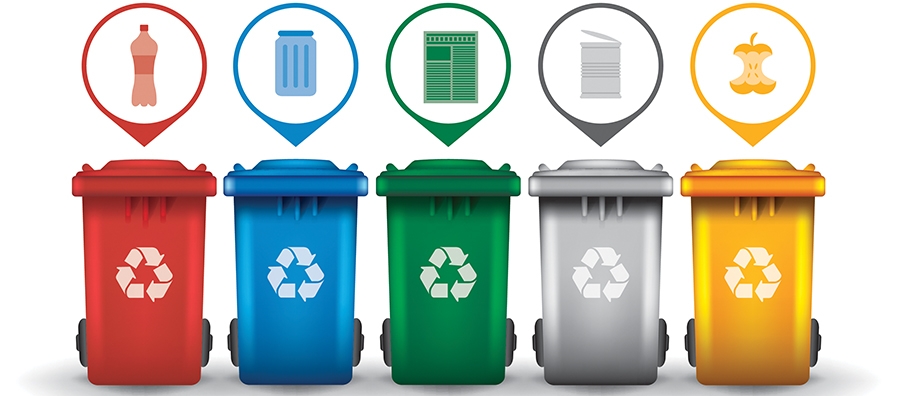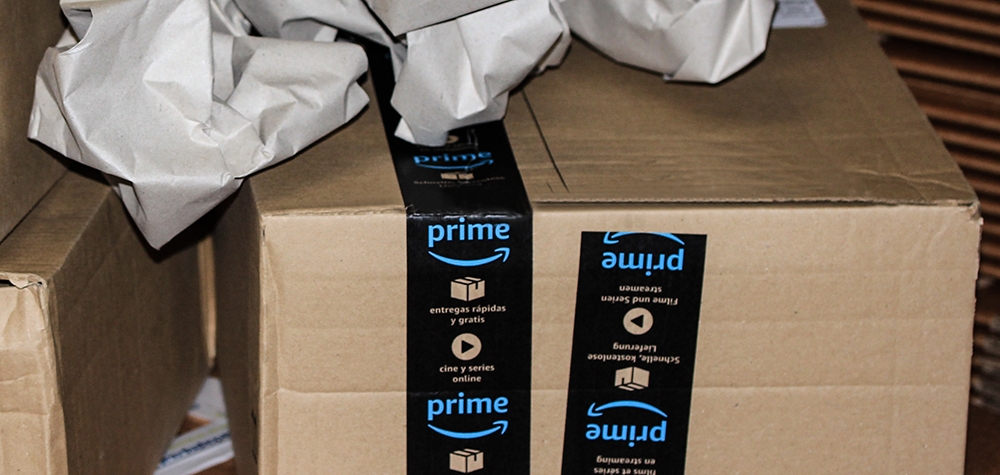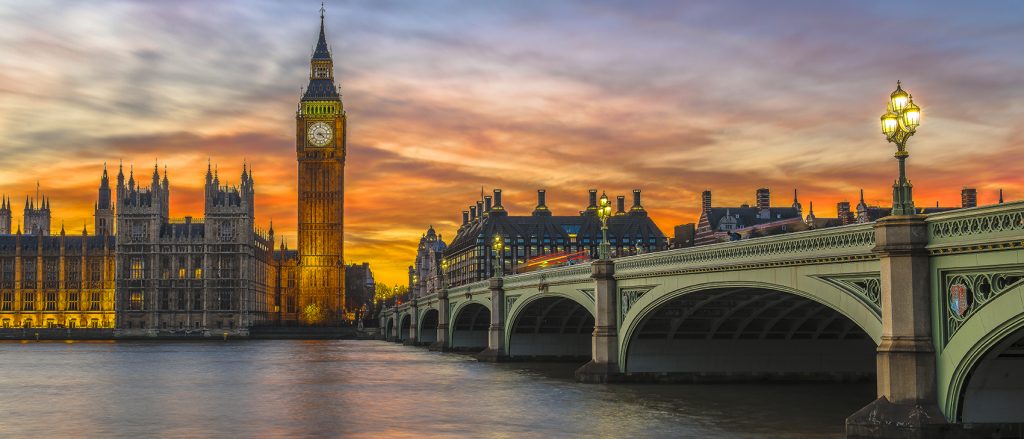PepsiCo has announced its goal to achieve 50% recycled plastic (rPET) by 2030 across the European Union.

The soft drinks firm has an interim target of 45% by 2025. Through this target, the company will more than triple the amount of recycled plastic it uses, equating to over 50,000 tonnes of rPET.
The announcement comes in support of the European Commission’s voluntary recycled plastics pledging campaign to ensure that by 2025, ten million tonnes of recycled plastics are used to make new products in the EU market. PepsiCo’s goal covers all countries expected to be members of the EU in 2025, and all the company’s beverage brands in PET (the primary plastic used in its bottles) including Pepsi, Pepsi MAX, 7Up, Tropicana and Naked. The goal will apply across PepsiCo’s Beverage operations, including company-owned and franchise.
Today’s announcement builds on PepsiCo’s broader, global Performance with Purpose vision, which includes a goal to design 100% of its packaging to be recyclable, compostable or biodegradable and to reduce its packaging’s carbon impact by 2025. The company estimates that currently, 90% of its beverage packaging worldwide is fully recyclable.
PepsiCo is already a significant user of food-grade recycled plastic (rPET) in the EU, using approximately 13% rPET in its EU beverage operations in 2017.
Silviu Popovici, president, PepsiCo Europe Sub-Saharan Africa commented: “At PepsiCo, we take our responsibility to protect the environment seriously and are steadfast in our commitment to finding sustainable ways to create our products. We have been on a mission in the European Union to advance a culture that encourages and supports recovery and recycling of packaging. Today, I am very happy to announce that we will now go much further in the use of recycled plastics in our packaging, as we work to meet and exceed this new target in the years ahead.
“Developing an effective, long-term approach to sustainable packaging requires a multifaceted effort, and PepsiCo is committed to collaborating with the many stakeholders involved to ensure it succeeds in developing a Circular Economy for plastics into the future. With serious under-capacity in the supply of affordable recycled plastics suitable for food packaging, we call on public and private stakeholders in the recycling system, including the European Commission, to join us and make the needed investments to expand recycling capacity. Provided the right progress is made in increasing packaging recovery rates, and improving reprocessing technology, we will look to go even further than our current commitment.”
The company also works with multiple stakeholders to support packaging sustainability, including being a member of the New Plastics Economy, a three-year initiative led by the Ellen MacArthur Foundation to build momentum towards a plastics system that works.
A critical part of increasing the availability of recycled plastics, suitable for re-use in packaging, is ensuring that bottles are placed in the recycling system, rather than littering the environment. In addition to participating in Extended Producer Responsibility (EPR) schemes across the EU, PepsiCo is partnering on programmes to increase recovery and recycling rates. These include initiatives to promote and educate consumers on recycling, including on-pack labelling campaigns, such as “jede Dose zaehlt”/ Every Can Counts in Austria and “Vous triez, nous recyclons”, a consumer campaign in France, promoting the importance of sorting waste to ensure recyclability of plastic bottles.



